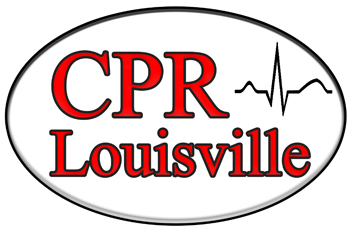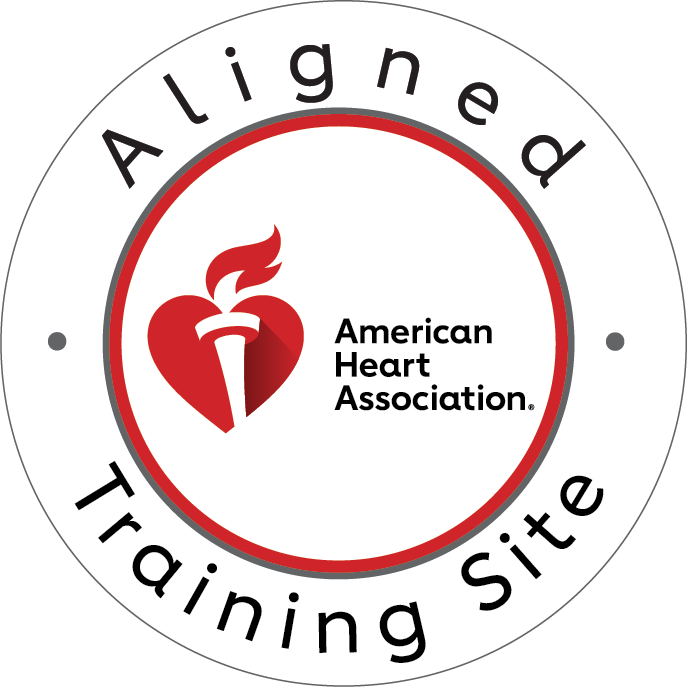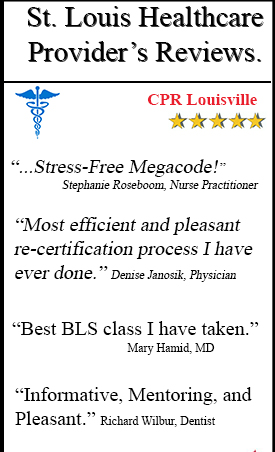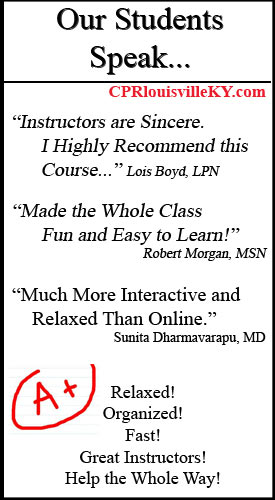In any emergency situation, moments can mean the difference between life and death. Knowing what to do in those crucial seconds, particularly how to assess a person’s condition, is paramount. The initial and most critical step in emergency response is checking for responsiveness. This assessment provides immediate insight into whether a person is conscious and able to communicate or if they require urgent medical intervention. Understanding this foundational concept of emergency care is not just for healthcare professionals; it’s vital for every individual, as emergencies can strike anywhere, anytime.
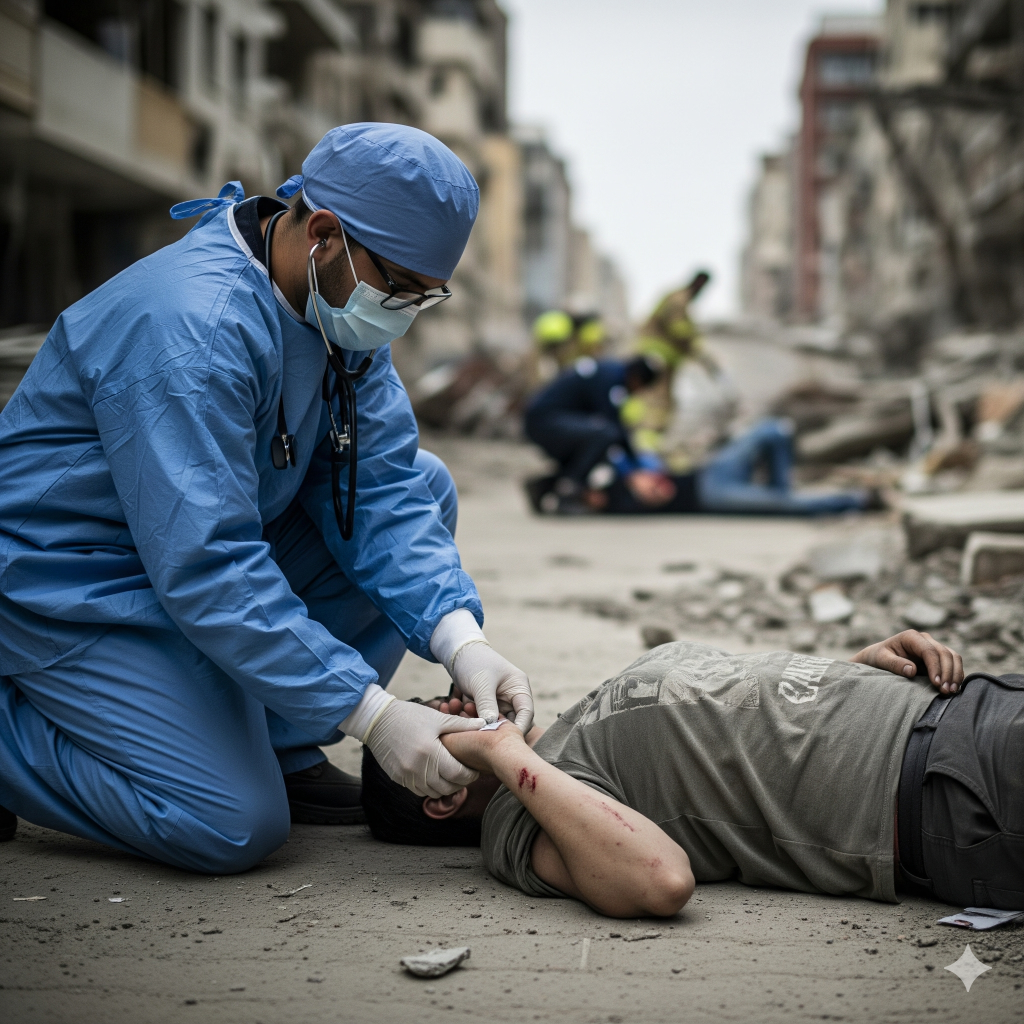
The Scene Safety Assessment (Before Checking Responsiveness)
Before you even consider approaching someone who appears to be in distress, your personal safety must be the absolute priority. This foundational principle, often overlooked in the heat of the moment, dictates that a rescuer should never put themselves in harm’s way. Begin by quickly scanning the environment for any potential hazards such as traffic, falling debris, downed power lines, or aggressive individuals. If the scene is not safe, you must prioritize moving yourself and the individual to a secure location if possible, or wait for trained professionals to arrive. Additionally, if available, donning personal protective equipment such as gloves can help prevent the transmission of diseases, further safeguarding both you and the person in need. Only once the scene is deemed safe should you proceed with approaching the victim, always maintaining a cautious and methodical approach.
The Primary Responsiveness Check
Verbal Stimuli
Once scene safety is established, the primary responsiveness check can commence. This involves attempting to elicit a response from the individual using both verbal and physical stimuli. The goal is to determine if they are conscious and capable of reacting to external prompts. The first line of approach is verbal stimulation. Lean in close and speak loudly and clearly, asking simple, direct questions such as, “Are you okay?” or “Can you hear me?” You should repeat these questions a few times, paying close attention to any verbal response, even faint sounds or groans. The simplicity of this step belies its importance; a clear verbal response can quickly help you understand the person’s state of consciousness.
Physical Stimuli (Tap and Shout Method)
Should verbal stimuli fail to produce a response, the next step involves physical stimulation, commonly known as the “tap and shout” method. For adults and children, firmly tap or shake their shoulders while simultaneously shouting questions like, “Are you okay?” or “Open your eyes!” The purpose of this gentle but firm physical interaction is to provide a more direct sensory input that might rouse an unconscious person. It’s essential to be firm enough to elicit a response without causing harm. When dealing with infants, special considerations apply; instead of tapping their shoulders, gently tap the bottom of their feet to check for responsiveness. It’s crucial to remember to avoid any potentially harmful stimuli such as pinching, slapping, or aggressively shaking, as these actions can cause further injury. The aim is to assess, not to harm.
Assessing the Response
Responsive Patient
Upon applying these stimuli, you will be able to assess the person’s response, which will guide your subsequent actions. If the person responds appropriately, indicating they are conscious and aware, this is a responsive patient. A responsive patient might open their eyes, move, or answer your questions. In this scenario, your immediate focus shifts to gathering more information. Ask about any pain they might be experiencing, pre-existing medical conditions, or any injuries they may have sustained. While they are responsive, continuously monitor their condition for any changes. If their condition seems serious or if they report significant pain or medical issues, it is essential to call for additional professional help. Even if they appear to be recovering, continuous monitoring ensures that any deterioration is quickly identified and addressed.
Unresponsive Patient
Conversely, if the person does not respond to either verbal or physical stimuli, they are considered an unresponsive patient, and immediate, decisive action is required. An unresponsive patient will exhibit no verbal response, no purposeful movement, and their eyes may be open but without any signs of awareness. This indicates a potentially life-threatening situation requiring rapid intervention. The moment you determine unresponsiveness, activate the emergency response system without delay. This means calling 911 or your local emergency number immediately. When speaking with the emergency dispatcher, clearly state that you have an unresponsive person and provide your exact location. If an automated external defibrillator, or AED, is readily available, request that someone retrieve it while you are on the phone. If there are other bystanders, you can designate specific people for tasks, such as calling for help or retrieving the AED, to ensure a coordinated and efficient response.
Next Steps After Determining Unresponsiveness
Activate Emergency Response System
Following the activation of emergency services, the next critical step for an unresponsive person is to check for breathing and pulse quickly. This assessment determines if the person is in cardiac arrest or experiencing a severe respiratory issue. For lay rescuers, the primary focus should be on assessing normal breathing. Observe the person’s chest for rising and falling movements. Listen for normal breaths and feel for air movement. It’s important to differentiate normal breathing from agonal gasps, which are often described as noisy, irregular gasps that may sound like snorting or gasping, but are not effective breathing.
Check for Breathing and Pulse
If the person is not breathing normally or only exhibiting agonal gasps, this indicates an urgent need for chest compressions. Healthcare providers, who have more extensive training, should simultaneously check for a pulse in a major artery while assessing breathing. If no pulse is detected within a few seconds or if normal breathing is absent, it’s a clear indication to begin CPR.
Common Mistakes to Avoid
Several common mistakes can hinder effective emergency response during the responsiveness check. One significant error is being too gentle with stimuli. While you want to avoid causing harm, a too-gentle approach might not be sufficient to elicit a response from someone who is truly unconscious. Another mistake is wasting precious time with ineffective methods or repeatedly trying to get a response when it’s clear the person is unresponsive. Time is of the essence in emergencies, and delays can have severe consequences. Forgetting scene safety before approaching the individual is a dangerous oversight that can lead to additional casualties. Not calling for help quickly enough is another critical error; early activation of emergency services is paramount for a rapid and professional response. Finally, confusing agonal breathing with normal breathing can lead to a delay in initiating life-saving CPR. Understanding the difference between these two breathing patterns is crucial for an accurate assessment.
Integration with CPR and AED Training
The responsiveness check is not an isolated step but an integral part of a broader emergency response algorithm, particularly when integrated with CPR and AED training. The immediate determination of unresponsiveness directly leads to the decision to initiate cardiopulmonary resuscitation. For lay rescuers, if an individual is unresponsive and not breathing normally, the immediate action is to begin compression-only CPR, focusing solely on chest compressions until professional help arrives or an AED becomes available. Healthcare providers follow more detailed Basic Life Support (BLS) algorithms, which incorporate breathing assessments and pulse checks more comprehensively. Once unresponsiveness is confirmed, and if cardiac arrest is suspected, the application of an AED becomes the next critical step. An AED delivers an electrical shock that can restart a heart in ventricular fibrillation, significantly increasing the chances of survival. This seamless transition from checking responsiveness to performing CPR and applying an AED highlights the interconnectedness of these life-saving skills.
FAQs
1. What is the first step when checking for responsiveness?
The first step is to tap the person’s shoulders firmly and shout “Are you okay?” while looking for any signs of normal breathing or movement. This initial assessment should take no more than 5-10 seconds.
2. How long should I spend checking for responsiveness before starting CPR?
You should spend no more than 10 seconds checking for responsiveness and normal breathing. If the person is unresponsive and not breathing normally, begin CPR immediately and call 911.
3. What are the signs that indicate someone is responsive?
A responsive person will typically open their eyes, speak, move purposefully, or show clear signs of normal breathing. Any appropriate verbal or physical response indicates consciousness.
4. Should I check for a pulse when assessing responsiveness?
For lay rescuers, checking for responsiveness and normal breathing is sufficient. Healthcare providers may check for a pulse, but it should not delay CPR if the person is unresponsive and not breathing normally.
Call to Action
Ready to learn life-saving CPR techniques? Join CPR Louisville for hands-on, stress-free training from American Heart Association-certified instructors. We offer BLS for Healthcare Providers, ACLS, PALS, and CPR and First Aid courses.
Contact CPR Louisville today to schedule your certification class and become prepared to save lives in your community!

